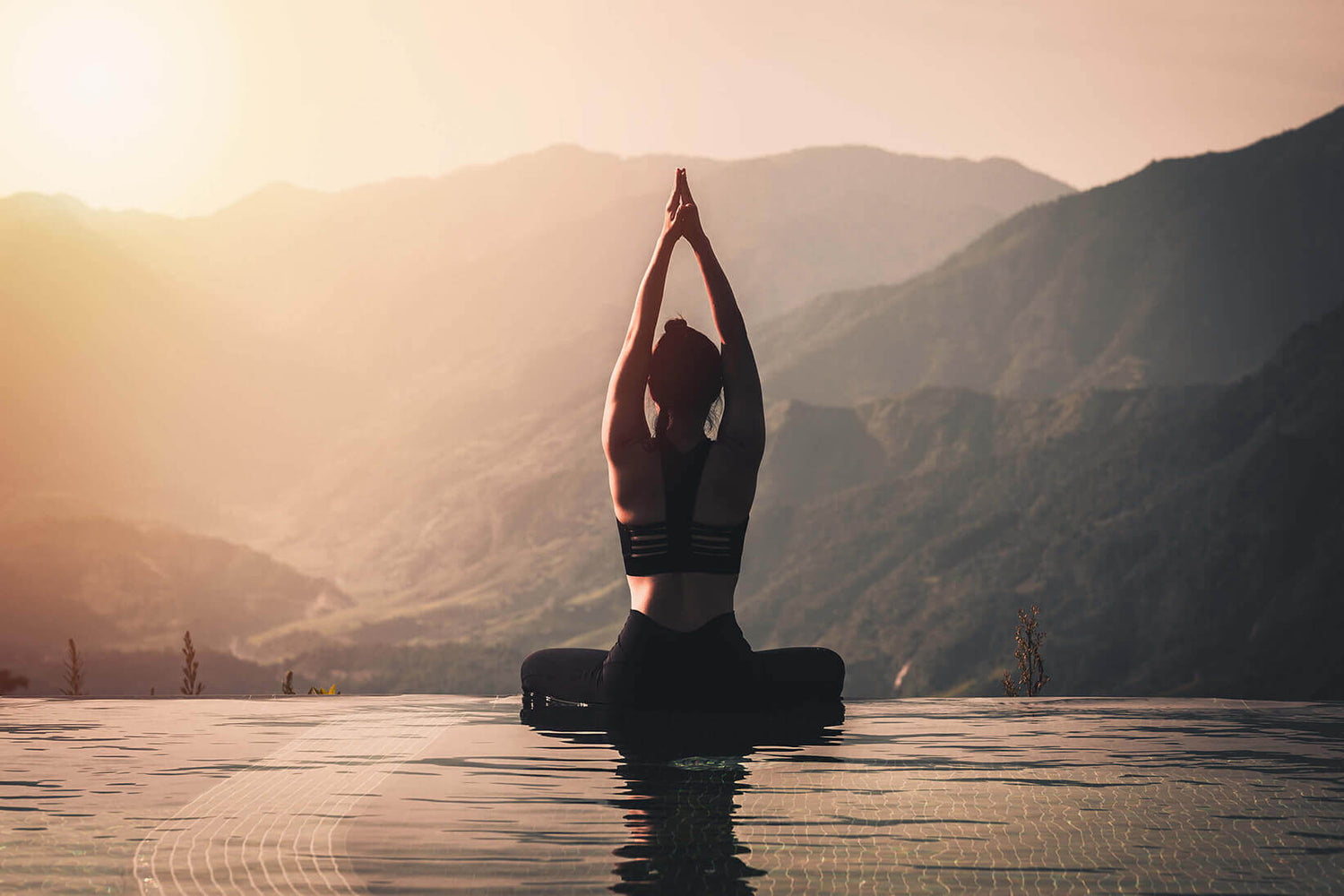Yoga; a booming trend over the last 20 years. Nearly every person I know has tried yoga, and I sincerely mean that. My wife performs yoga, the professional athletes I coach do it, and even my mum goes to a yoga class once a week.
But what about us cyclists? Is doing yoga really going to boost our performance on the bike.? or is yoga just another trend that will come and go. Well, what we can all agree on is Yoga is definitely not a fad. The benefits of yoga have been discussed and practiced for 1000s of years, so there's no doubt that yoga WORKS.
So the question is, will yoga boost your cycling performance?
As a professional coach who has led two international sporting bodies and worked with professional athletes, I can tell you unequivocally YES; yoga WILL boost your performance on the bike, and here's why.
4 Primary Benefits Of Yoga For Cycling
When it comes to yoga, there are numerous advantages and benefits, both physical and mental. Still, for this blog and for the sake of time, I will focus on the 4 primary physical benefits of why yoga can boost your performance on the bike.
Core Strength

Core Strength is absolutely vital when it comes to your performance on the bike, and as you've probably guessed, yoga can help improve your core strength safely and effectively. Having a solid core is critical for your performance on the bike as it's responsible for your power output and posture and helps reduce the chance of injury.
Many cyclists develop lower back pain due to being "hunched" over on the bike for long periods of time. The result is that most cyclists have very strong back and lower back muscles compared to relatively weak abdominal or "core muscles."
Yoga helps to improve your core strength, which can mitigate the chance of you slumping in the saddle, especially toward the end of long rides. Poor posture in the saddle leads to lower back injuries and can also put added stress on your hands and wrists as your shoulders try to compensate for the poor riding position.
You can find several iPhone apps designed specifically to help you learn yoga, but as with many apps, they tend to drain your iPhone battery unless you've got it in an iPhone charging case. Purchasing an iPhone compatible charging case is undoubtedly your best bet to ensure you never run out of battery during a tough workout.
Flexibility, Mobility, and Posture

Just as with your core strength maintaining proper posture while on the bike is crucial to helping prevent injury. Having a weak core and poor flexibility leads to a natural inclination to "rounding your back, " which can cause tremendous problems with your neck as you look ahead on the bike.
A poor posture creates drag and is aerodynamically inefficient and, after a while, will lead to lower and upper back pain as well as neck and shoulder pain. Most people don't realize that their entire bodies are interconnected and if any one part of the body has a weak link, the rest of the body tries to compensate; this is where the problems start.
Yoga improves your flexibility and joint mobility, which ultimately results in you holding a better postural position on the bike for more extended periods. Simply put, the straighter your back and neck are, the fewer problems you'll have on the bike.
Breathing

When most cyclists jump on their bikes, the last thing they're thinking about is their breathing but learning how to breath correctly plays a significant role in boosting your performance on the bike. You might have seen the pros gulping in huge amounts of air during their race, particularly on challenging hill climbs; well, they do that for a very good reason.
The more air you can take in, the more effective and efficient your body is going to be. Yoga helps to improve your breathing by opening the chest muscles, which can transform your breathing from something you barely think about to a "dedicated training tool" that significantly increases your air intake.
Learning to breathe correctly will help reduce "panting" and prepare your body to take deeper and slower breaths. By doing this, you maximize the intake of air you can bring in while on the bike.
Reducing The Chance Of Injury

When you think of yoga, you think of an activity that is designed to reduce the chance of injury rather than being a preventative measure, but in actual fact, yoga can provide significant health benefits on both ends of the spectrum.
Stretching on a daily basis is one the best ways to combat soreness and tightness in the muscles and, as such, reduce the chance of soft tissue injury. Yoga, particularly, can be a tremendous preventative movement to help cyclists who have been plagued for years with overuse injuries like niggling knee pain or a sore neck. Flexibility and strengthening are the keys to reducing injury on the bike, and yoga helps with both.
On the bike, your legs never become fully extended, and after time this can lead to overuse injuries in the hamstrings, quads, knees, and hips. The lack of extension in the legs can also lead to muscle imbalances, which are much more damaging over the long term than, say, poor posture, for example.
One simple pro-tip that can make a significant difference is to swap out one of your weekly rides. Then you can dedicate that same amount of "ride-time" to either going to a yoga or pilates class or performing some basic stretches at home. This simple yet effective strategy has worked wonders for several athletes I have coached previously, and I'm sure it will work for you.




Leave a comment
This site is protected by hCaptcha and the hCaptcha Privacy Policy and Terms of Service apply.